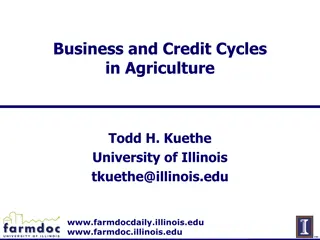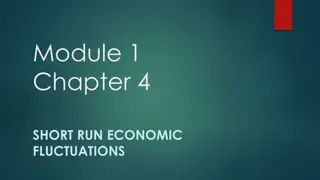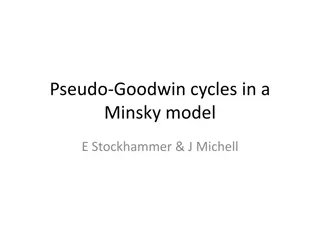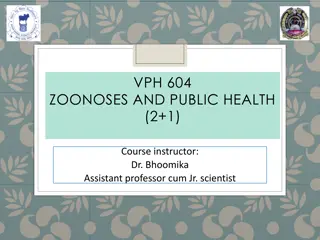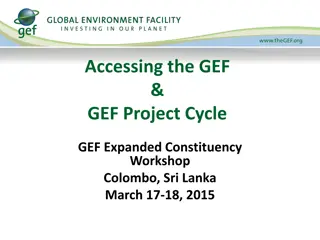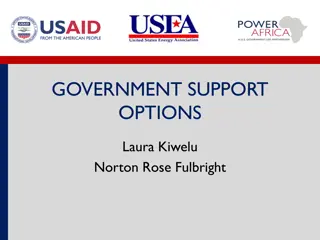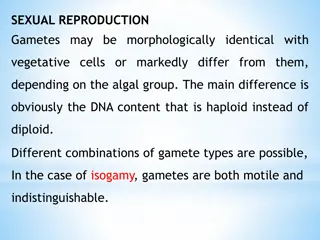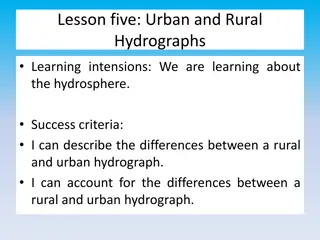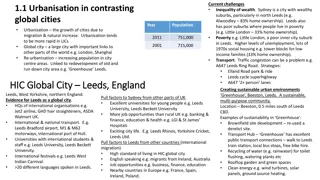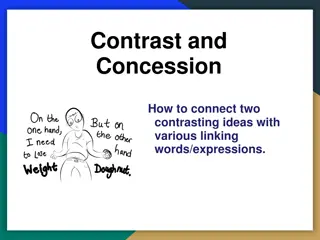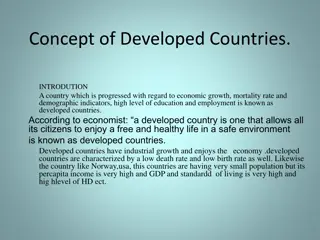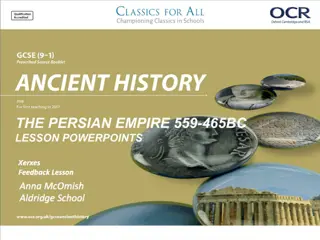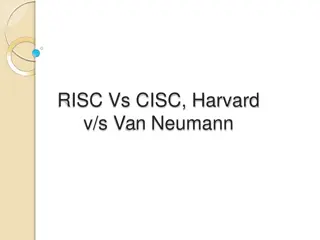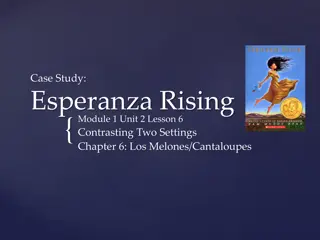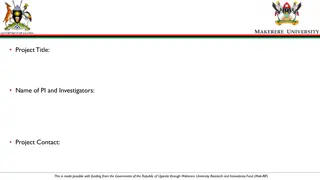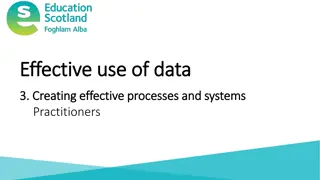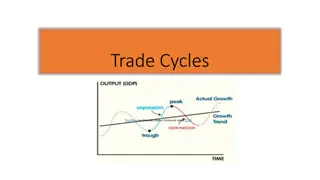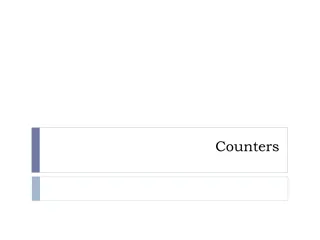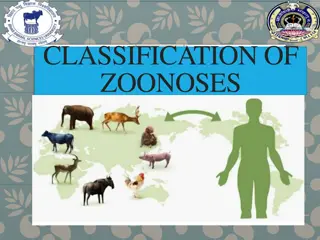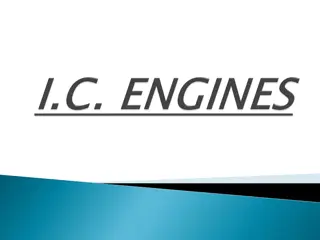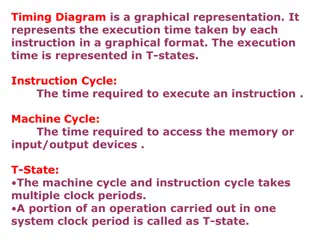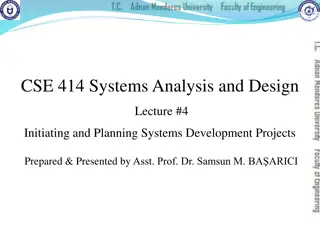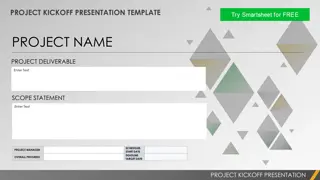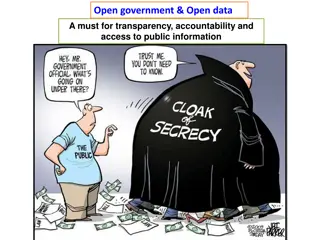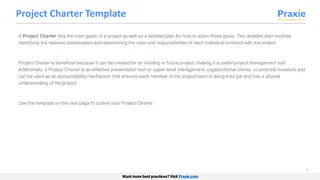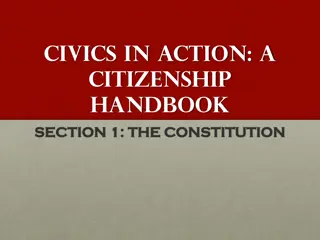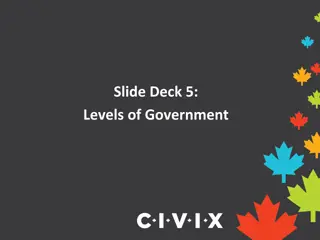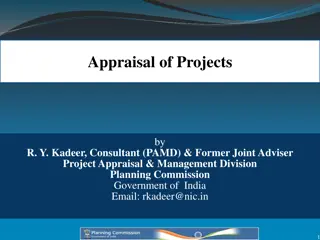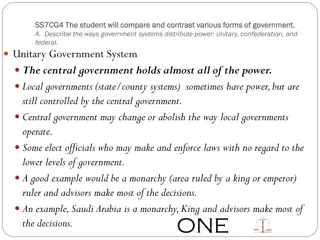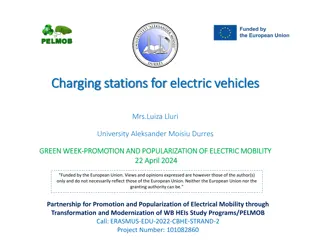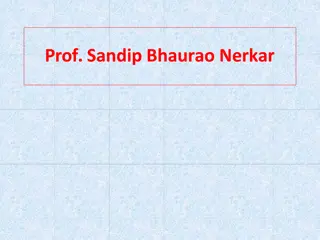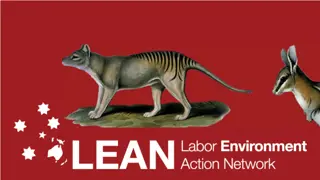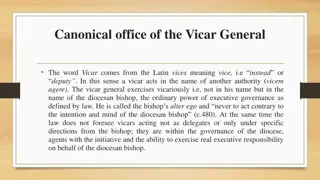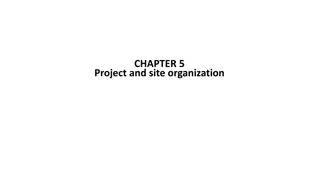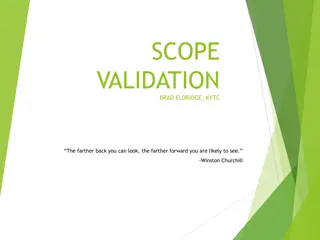Contrasting E-Government and General Project Life Cycles
E-Government project life cycles differ significantly from general project life cycles, with the former's focus on management and stakeholder needs, leading to challenges in requirements gathering and adapting to changing priorities. The Waterfall model used in general projects may result in project failure due to lack of flexibility and alignment with evolving government requirements, highlighting the need for the E-Government Life Cycle (eGLC) to address these issues effectively.
Download Presentation

Please find below an Image/Link to download the presentation.
The content on the website is provided AS IS for your information and personal use only. It may not be sold, licensed, or shared on other websites without obtaining consent from the author. Download presentation by click this link. If you encounter any issues during the download, it is possible that the publisher has removed the file from their server.
E N D
Presentation Transcript
Unit V E-Government Life Cycle
Different between general and e- Government Project Life Cycle Waterfall model starts with the requirement gathering and communicated to the software development team by the business analyst. Software development team translates these requirements into software. Once the development completed, the client checks the product against the requirement specifications then acceptance testing is carried out. of software is
The software is deployed on the client side without much change in requirements from one phase to another phase. This model is more or less technology oriented but on another hand e-governance project is more management oriented. In the e-governance project development, an application runs the risk of failure so this method is not capable of catering to the change in requirements and the priority.
Government departments involve in multiple functions and officers involve in handling multiple portfolios. In addition to these new schemes, tasks and projects are added. Actually, one office doesn t cooperate with another though within the same department. So the problems arise while requirement gathering from the stakeholders in the departments in a single cycle. Required information is not provided at the time of the initial phase.
The software development team may become redundant by the time the concerned department is readied for user acceptance. This would cause initiation development and testing, causing the interruption in the project implementation. By the time the next upgraded version of the project is presented, the government or departmental officials may have lost their interest or priority may have changed, especially when the boss changes. This may lead to an endless loop of requirement gathering and subsequent development, may result in failure of a project. of next phase,
Therefore, waterfall model for e-governance project development consuming. To avoid these issues use the eGLC for the development of e-governance projects. likely to be time
EGLC E-Governance Life Cycle (eGLC) quite different from Software Development Life Cycle (SDLC). SDLC focuses activities performed at each state of a software development. While eGLC focuses on business and stakeholder needs and priorities. eGLC is following outcomes and benefits oriented approach. E-Governance project development starts from the e- governance strategy development to the operation and sustains stage.
There are some challenges in a current environment of e-Governance projects like most of the projects computerization only but not citizen centric service delivery. limited to



